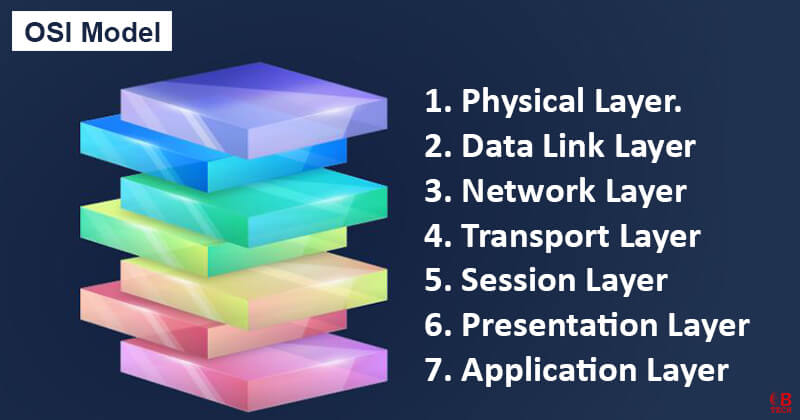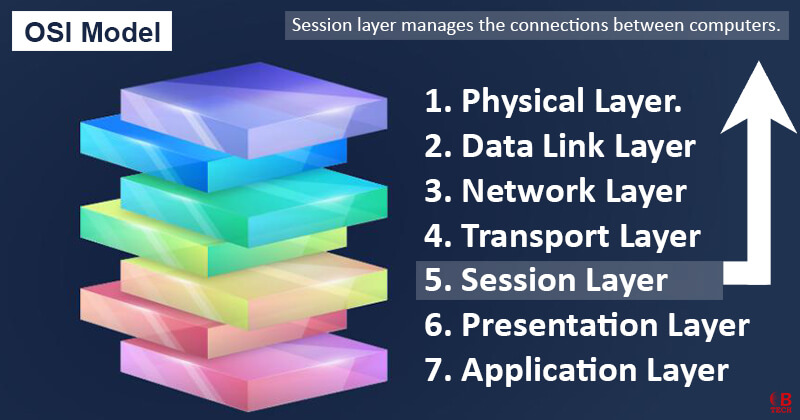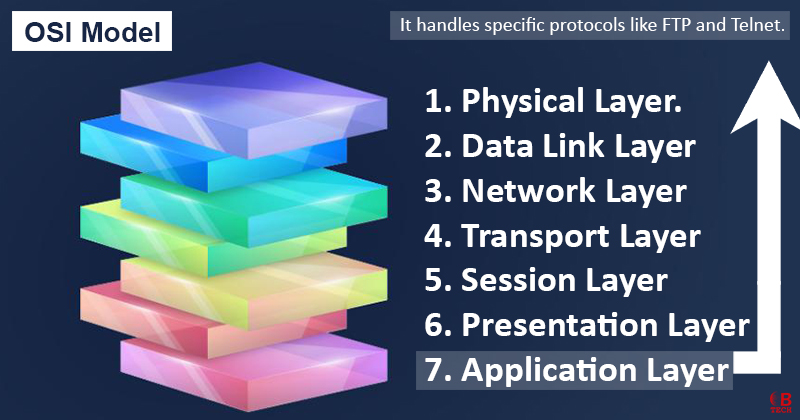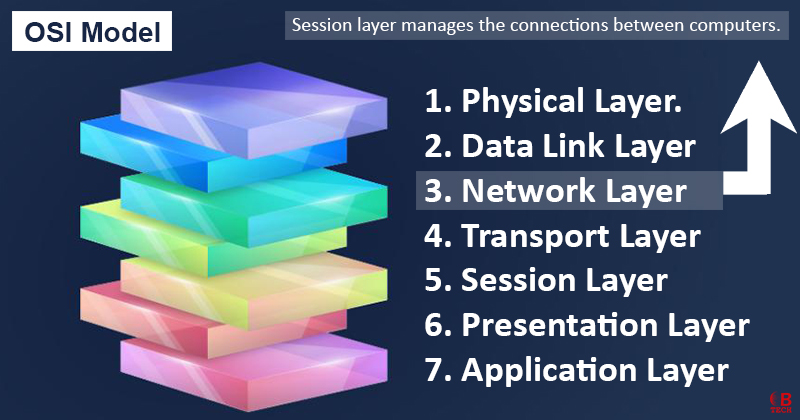What Does Session Layer Mean?
The session layer is the fifth layer in the OSI model which is a framework that helps different computer systems to communicate. This layer manages the connections or “sessions” between computers. It’s responsible for starting, overseeing and closing these sessions between applications on different computers.
Understanding the Session Layer
The session layer is one of the layers in the OSI model that deals with network communications. Its main job is to manage the start and end of interactions or “sessions” between applications that users are running. This includes managing both single and multiple connections for each application and it works closely with the presentation layer above it and the transport layer below it.

Most often, the session layer is used in web browsers. It uses specific rules, known as protocols to keep these interactions smooth. Some of these protocols include the Zone Information Protocol, the AppleTalk Protocol and the Session Control Protocol. These protocols help the session layer recover lost data and restart sessions if there’s a problem.
The session layer can handle both full-duplex (two-way communication at the same time) and half-duplex (communication one way at a time) operations. It also sets up checkpoints during communications to save progress, which helps in restarting or ending sessions cleanly if needed.
A practical example of the session layer’s role is in live TV broadcasts, where it helps synchronize audio and video coming from different places. This ensures the sound and picture match up and that there are no awkward gaps or overlaps in the broadcast.
“Do you know that the Imgsrc.ru is one of the biggest photo hosting giant in the digital world.”



